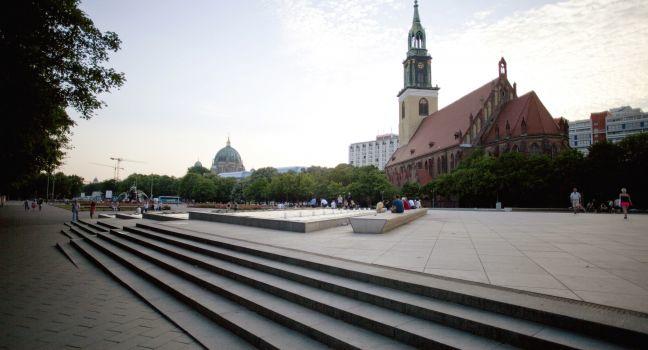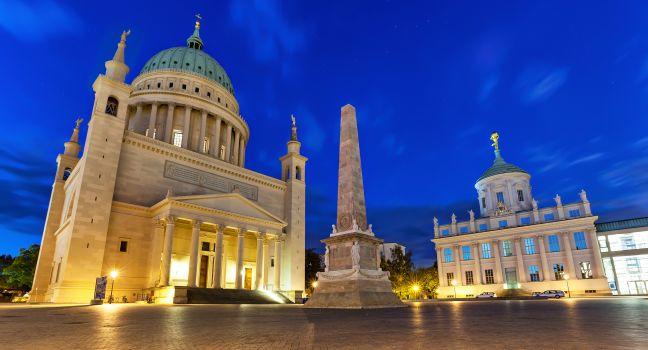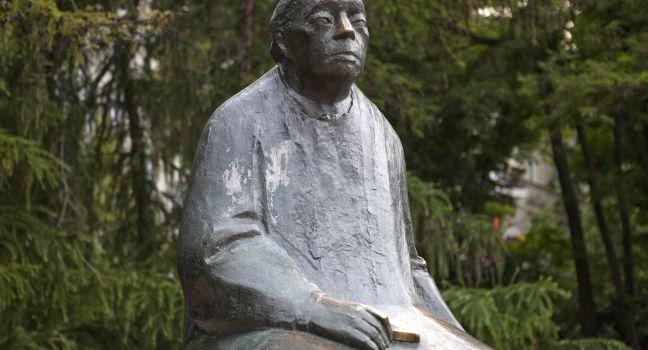Alexanderplatz

This bleak square, bordered by the train station, the Galeria Kaufhof department store, and the 37-story Park Inn by Radisson Berlin Alexanderplatz hotel, once formed the hub of East Berlin and was originally named in 1805 for Czar Alexander I. German writer Alfred Döblin dubbed it the "heart of a world metropolis" (a quote from his 1929 novel Berlin Alexanderplatz is written on a building at the northeastern end of the square). Today it's a basic center of commerce and the occasional festival. The unattractive modern buildings are a reminder not just of the results of Allied bombing but also of the ruthlessness practiced by East Germans when they demolished what remained. A famous meeting point in the south corner is the World Time Clock (1969), which even keeps tabs on Tijuana.






